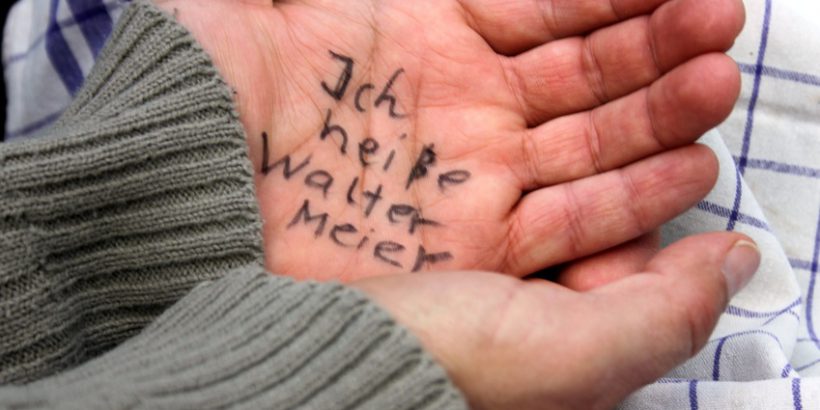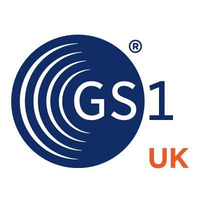
Small QR code stickers with individual identity number
They have “lost” their memory, but are often physically fit. Dementia patients often go for walks, but there is a lack of orientation . They are wandering about and no longer find home. Their relatives and carers must then look for them. For this to be faster, patients are now equipped with small QR code labels.
The small QR code labels , which contain an individual identity number , are glued to the fingernails and toenails of the dementia patients. The QR code can be easily read with a smartphone. The Poliei can quickly find the relatives or the nursing home of the lost people and notify them.
The service in Iruma is unique in Japan. Although there have already been similar labels for clothing or shoes of dementia patients for some time . Because they are so difficult to sort the garments, and the use of the pelvic forces can quickly place the right owner.
Durable labels
The QR code labels are approx. 1 cm in size. A special adhesive ensures that they adhere well for two weeks and can not simply fall off. In addition, the material is selected in such a way that the stickers can also become wet without decomposing immediately.
Barcode identification of products
It sounds strange to “characterize” people, because actually one knows the labeling with labels only of products . In the industry, products are identified for various reasons: MHD labeling, labeling for traceability of products, quality assurance, logistics labeling or to provide the consumer with additional product information. The information can be applied either directly with an ink jet printer or laser . Or indirectly with a label . Depending on the application, different label materials are available.









